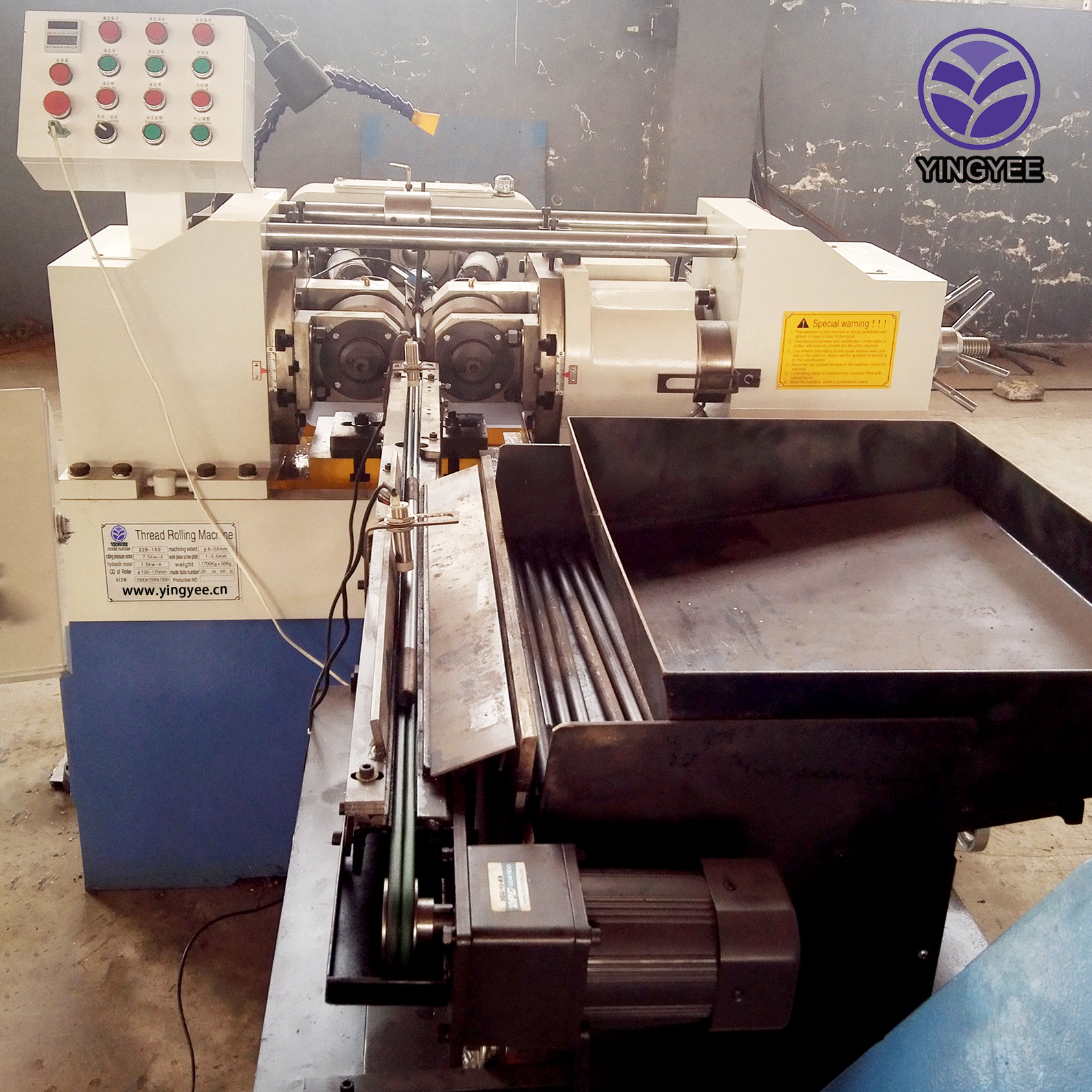
The Steel Strut Channel Roll Forming Machine Revolutionizing Construction and Manufacturing
The construction industry is continuously evolving, with technological advancements playing a crucial role in enhancing efficiency and productivity. One such innovation is the steel strut channel roll forming machine, an essential tool for manufacturers and builders alike. This machine is designed to create steel strut channels, which are pivotal components in various architectural and structural applications.
Understanding Roll Forming Technology
Roll forming is a continuous bending operation in which long strips of sheet metal are passed through a series of sequential rollers to attain the desired cross-sectional profile. This method is particularly advantageous for producing high volumes of uniform products with consistent quality. The steel strut channel roll forming machine employs this technology to manufacture channels that serve as structural supports in buildings, bridges, and other infrastructure projects.
The Design and Operation of the Machine
A typical roll forming machine for steel strut channels comprises several key components a decoiler, a forming station, a cut-off unit, and a control system. The decoiler feeds the raw steel strip into the machine, where it is guided through a series of rollers that shape it into the channel profile. The precision of the rollers is critical, as any slight deviation can affect the overall quality and strength of the finished product.
The machine can be equipped with advanced technology, including automated controls and computer numerical control (CNC) systems, enabling operators to adjust parameters easily and ensuring optimal performance. The ability to produce various channel sizes and shapes makes this equipment versatile for different construction needs.
Benefits of Steel Strut Channels
1. Strength and Durability Steel is renowned for its high strength-to-weight ratio, offering structural integrity that can withstand heavy loads and adverse conditions. Strut channels are often used in framing, supports, and bracing applications.

2. Cost-Effectiveness The efficient manufacturing process of roll forming reduces waste and labor costs. The durability of steel also means less frequent replacements, leading to long-term savings.
3. Design Flexibility Steel strut channels can be customized in terms of dimensions and coating options. This adaptability makes them suitable for various projects, from residential buildings to large commercial complexes.
4. Easy Installation The lightweight nature of strut channels, combined with their pre-fabricated design, simplifies handling and installation on-site. This characteristic helps expedite construction schedules significantly.
Applications of Steel Strut Channels
Steel strut channels find applications across multiple sectors. In the construction industry, they are commonly used for supporting electrical conduits, HVAC systems, and plumbing. They also serve as foundations for roof structures and can be integrated into shelving and racking systems in warehouses and storage facilities.
In addition to construction, these channels are utilized in manufacturing processes, transportation, and various industrial applications. Their adaptability in design and function makes them a valuable asset in both commercial and residential settings.
Conclusion
The steel strut channel roll forming machine epitomizes the advancement in manufacturing technology, providing a reliable and efficient method for producing essential construction materials. As the demand for quality and durable building components continues to grow, such machines will play a pivotal role in meeting the needs of the industry. By streamlining the production of steel strut channels, these roll forming machines not only enhance productivity but also contribute to the overall safety and resilience of modern structures. As construction and manufacturing industries continue to innovate, the steel strut channel roll forming machine will undoubtedly remain at the forefront of this progress.